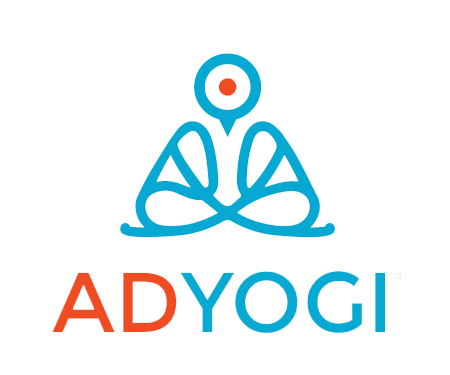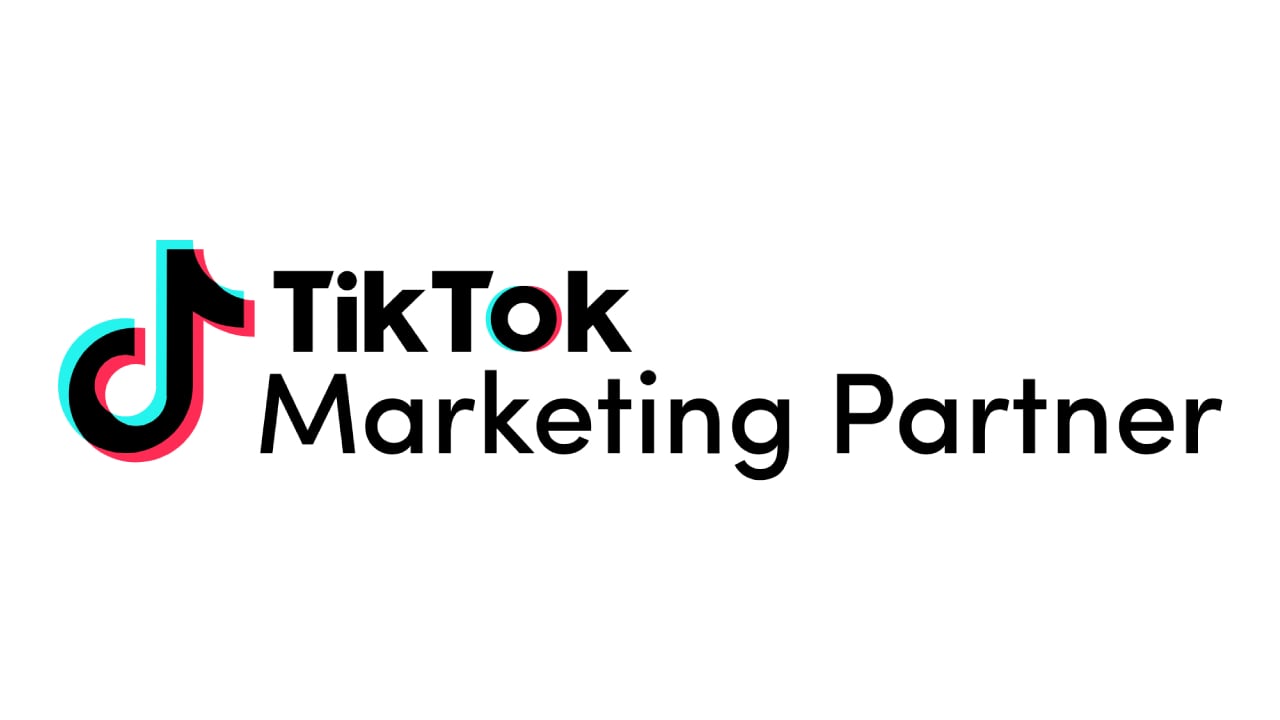E-commerce seasonality is relatively easy to understand. It refers to the fluctuations in customer purchasing behaviour that occur throughout the year. Depending upon the products a brand offers, there may be a time when your sales are at a peak but there will also be a time when the sales will drop. It all happens based upon season and preferences during that particular season.
Since this seasonality impact is something that can not be stopped or avoided. Businesses can adapt to the following best practices that will help them sail through.
What is the best season for E-commerce industries?:
Well, there is no concrete answer for the same. It varies according to the industry.
However, according to the Times of India during the 2020 holidays & festivals, the sales in India go to a gross sales of $8.3billion during this time as audience prefer to buy a lot during such periods.
And hence, it is important for the brands to make the most out of this time.
So what exactly causes the seasonality impact?
1. Rising CPM rate:
Generally, during the festivals & marketplace sales, CPM is rising at its highest. During this time Facebook ad auction system selects the best ads to run based on the ads' maximum bids and ad performance, and the CPM for many brands raises. There is a whole lot of competition going on online.
We do have an article that can help us take preventive measures to control the CPM. You can find the article here.
2. Consumer Behavior:
The performance also takes a hit because of consumer behavior. We generally see performance for many brands going down during the month of December. From our understanding, we have observed that during the festive season including Ganesh Chaturthi, Dussehra, & Deepawali, etc. the Indian audience spends a lot on shopping and thus, shy away from spending more after the festive season goes away. This shift in consumer behavior affects performance in general.
How to tackle the Seasonality Impact?
1. Plan the year in advance:
Holidays & festivals are times when sales pick by tremendously. And hence, a planned schedule will definitely help you make the most during this time. You may also consider scaling up your campaigns during this time to make the most of this season.
E.g.: For Apparel brands, running ‘holiday marketing’ during New Year, Holi, Eid, Deepawali, Dussehra, etc. will yield a fruitful result.
To know more about festive season shopping click here 2. Change your products with the weather:
2. Change your products with the weather:
It's not right to expect the same amount of sales during winter as you did during summer. If you've just sold a lot of crop tops and sleeveless collections. The same levels of sale isn't possible in winter. You should be prepared in advance and act appropriately based on the weather. Your performance can have a big impact if you don't switch your products based on the weather.
E.g.: Apparel Brands should come out with Winter Collection, Summer Collection, Fall Collection, etc. to tackle such a situation.
Footwear brands focus heavily on boots, woolen chappals, etc. during winter, and flip-flops and sliders during summer.
3. Be aligned with Marketplace sales:
Competing with Marketplace sales hosted by Myntra, Amazon, Flipkart, etc. will not be a good option as CPM rises tremendously during this time. Since Facebook ad works on an auction basis & the majority of the placements are taken away by these marketplace ads, it might not be a very wise option to run the sales at the same time.
You can instead first look at the annual calendar of these marketplace sales & plan your year accordingly. The annual calendar of these marketplaces is generally available on Google & easily accessible.

4. Incentivize Impulse Buying:
You can also offer discount coupons, cashback offers, etc. to entice your shoppers to buy. You can implement these marketing strategies on your website or install a shopping app that lets you offer push notifications to your shoppers. You can plan these events at different times of the year to increase your conversion rate.
5. Clear the Excess Inventory rather than carrying it forward:
Run clearance sales at the end of every season to clear out your stock. It helps you to get rid of excess inventory if exists. It not only helps you in starting afresh but also helps you with seamless inventory management.
Conclusion:
No one season is going to escalate brand sales automatically. If a brand wants to see conversions during the peak seasons, they have to mindfully tackle the marketing strategies. And ensure that their eCommerce store is loyal to its customers regardless of any season.






-1.png)






